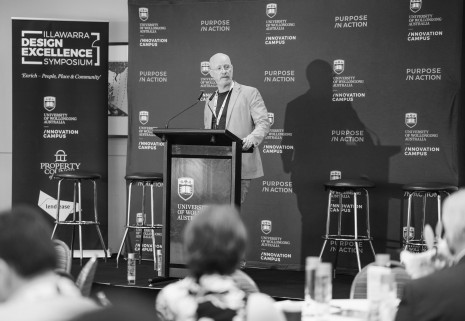
Biophilia and Place—Director Richard Does
Biophilic design creates architecture and urban spaces that are inspired by or imitate the natural environment.
The traditional library experience is evolving from a model centred around collections and borrowing to one that prioritises social connection.
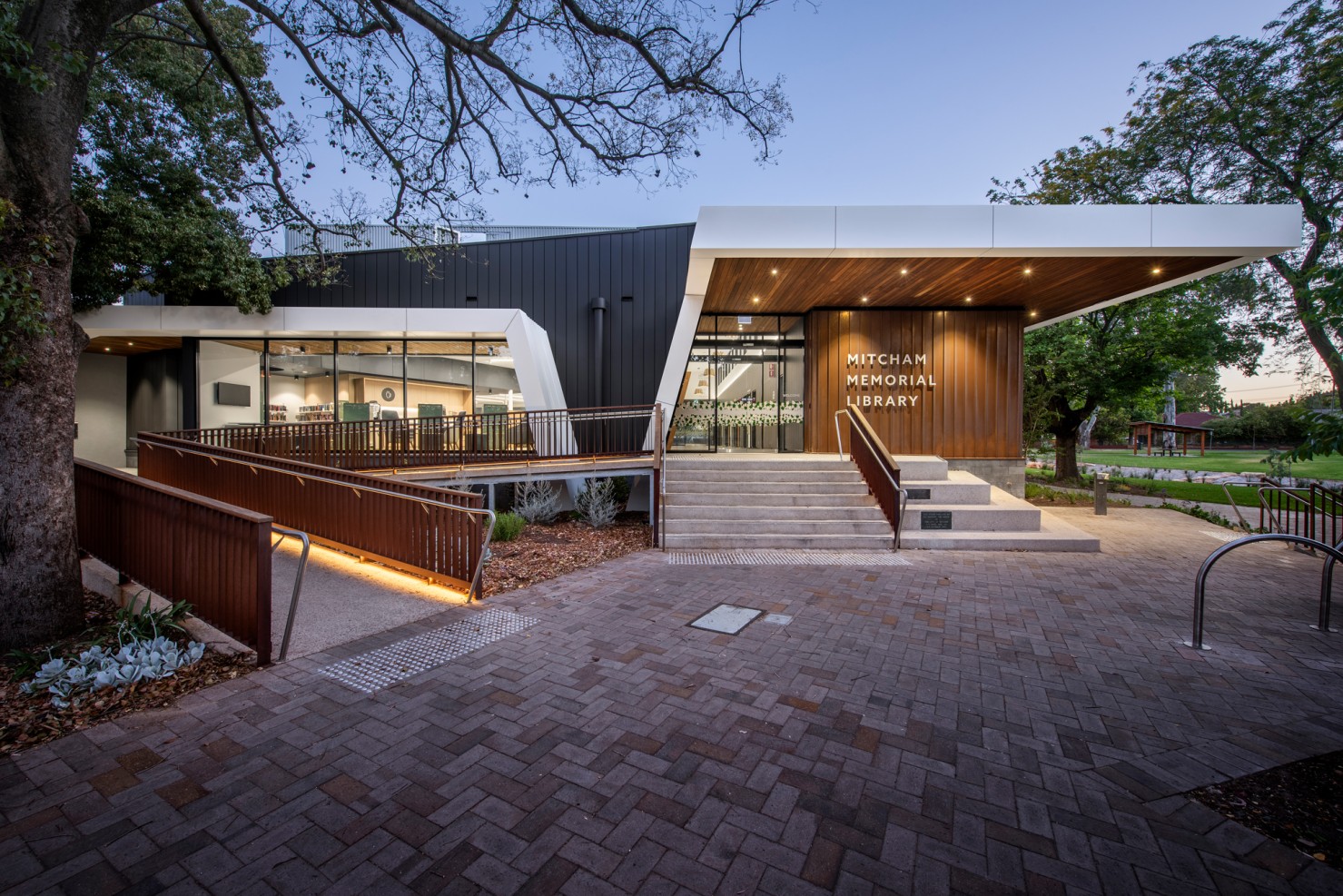
Informed by local and international research, we are creating a new library typology that considers community, culture and integrated services and facilities.
It’s a process that holds the user experience at its core and demands agile planning of flexible spaces that are capable of accommodating a range of people and activities. This approach future-proofs new facilities and allows us to reimagine the library as a modernised ‘third place’ – those spaces outside the home and work where people can socialise, share ideas and establish a sense of community.
It’s not so much about the programmatic aspects anymore. Instead, we’re looking increasingly at libraries’ informal social spaces and how best to cultivate and prioritise a particular culture within them. In order to do that, we need to think of libraries first and foremost as safe public spaces with a variety of different uses.
Stephen Webb
Design Director, Melbourne
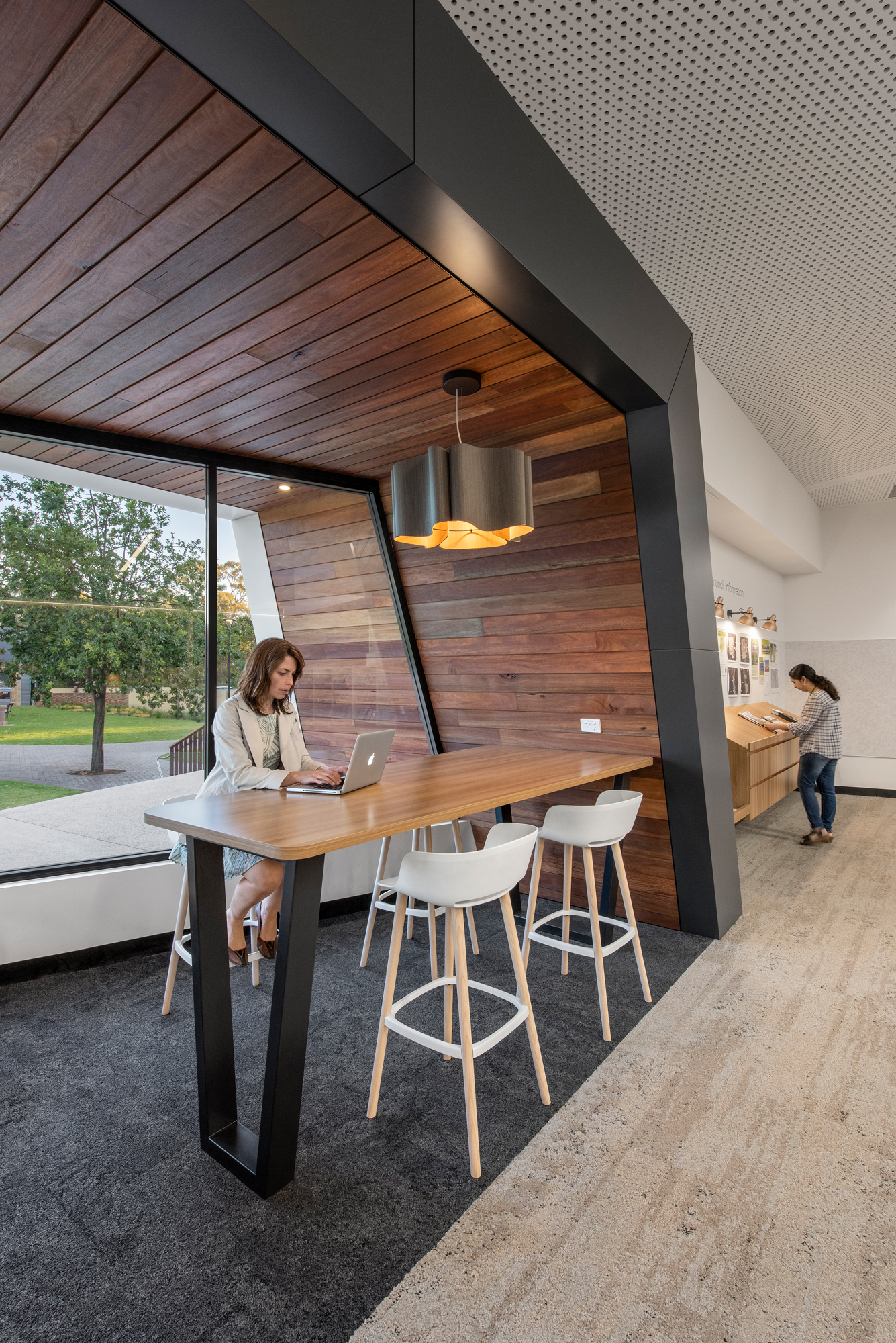
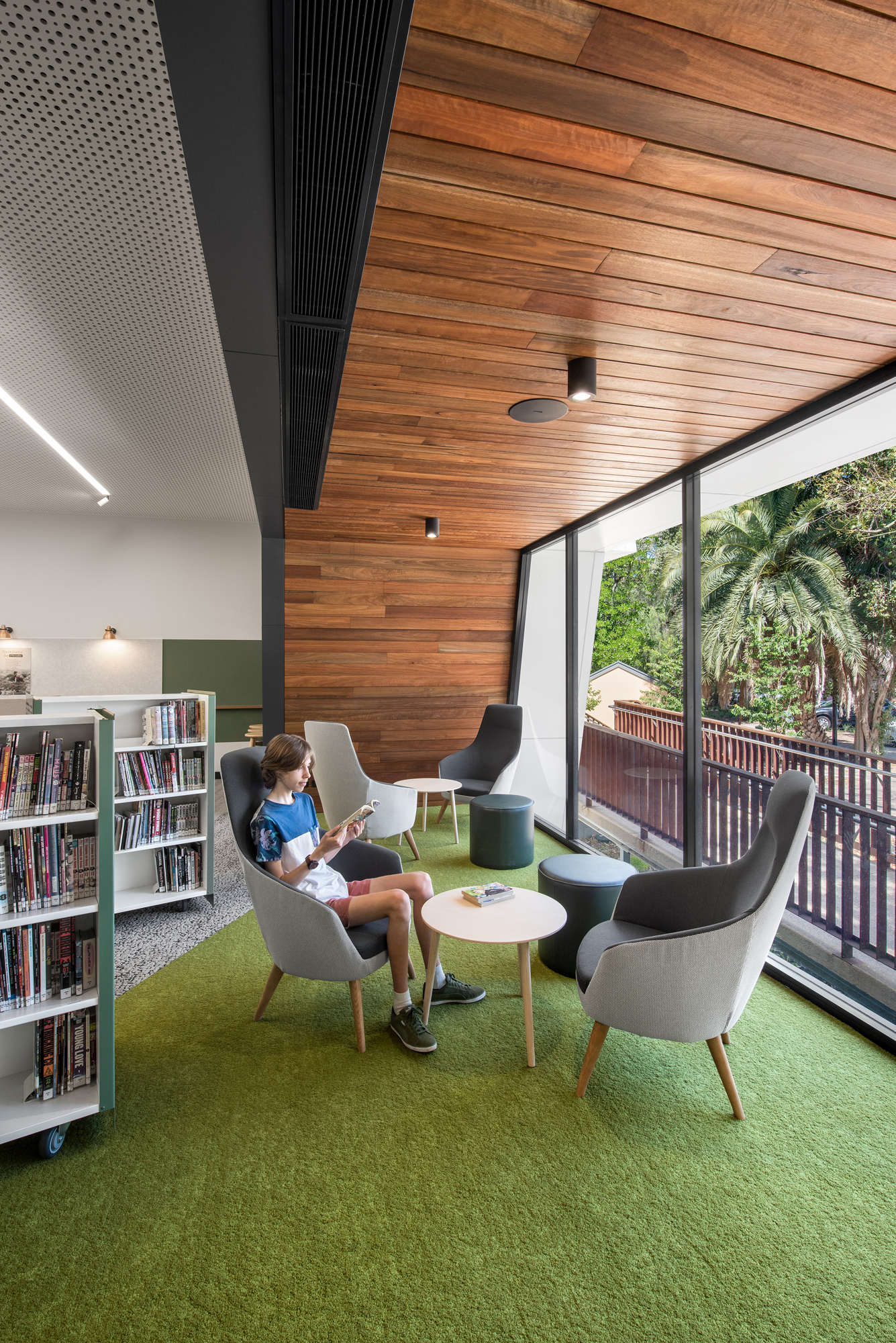
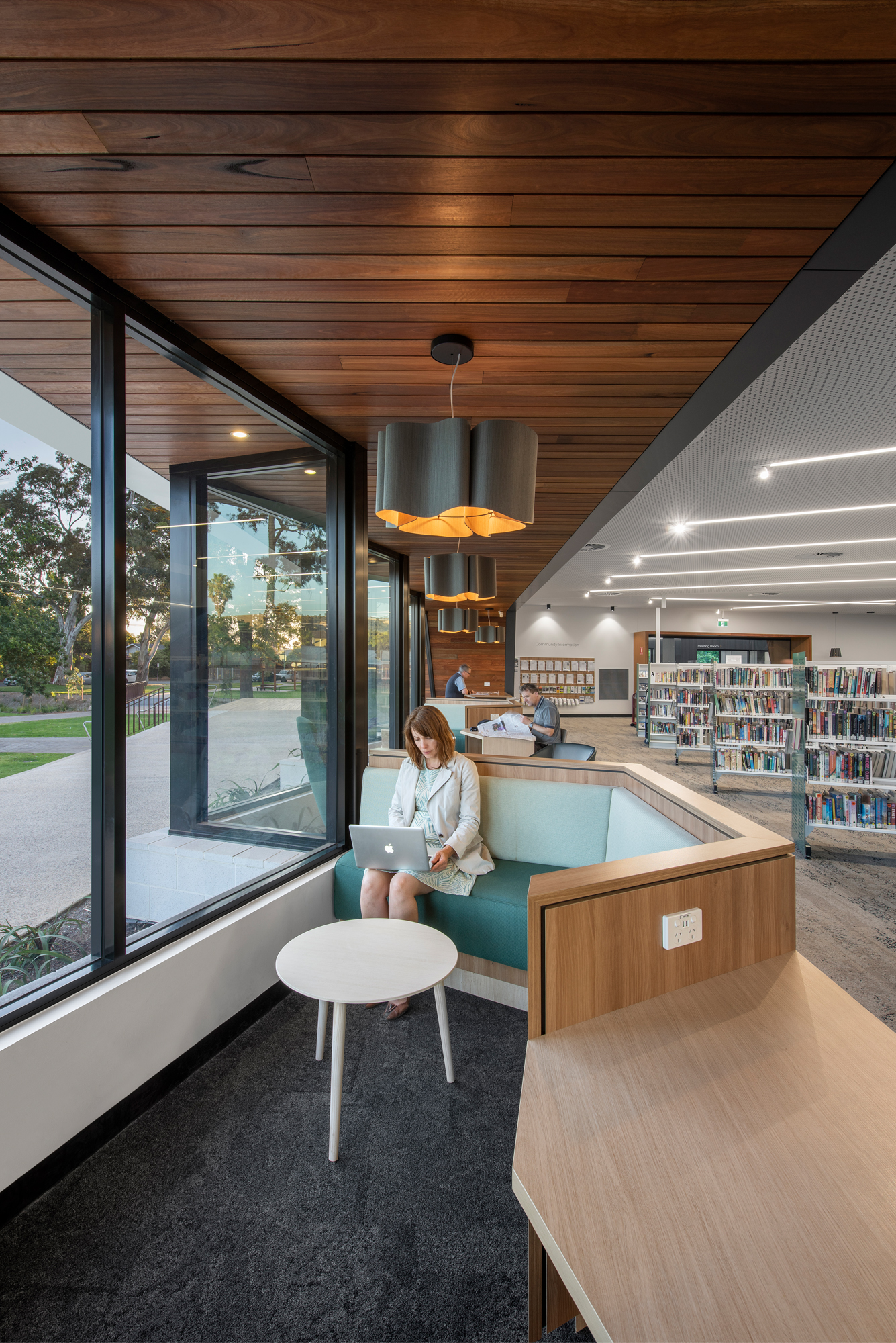
Evoking a strong sense of place, belonging and ownership
The Mitcham Memorial Library redevelopment by our Adelaide studio perfectly exemplifies this contemporary, multi-functional model. It features a series of liberally sized zones able to be reconfigured as needed. ‘We’re revitalising libraries into vibrant community hubs that embrace the digital information era and social engagement,’ says Senior Associate Jennifer Drake.
To achieve this, quiet study nooks are placed strategically at the core of the library, whilst reading areas with loose furniture hug the building’s glazed envelope. The digital hub benches meld with the youth collection adjacent, providing touch-down points to connect and engage. The main collection is positioned at the heart of the 1,500m² floor plan, set beneath a light-filled clerestory; paying homage to the original building structure.
It’s a nimble scheme that enables cross-generational knowledge and skill sharing, to open up current and future opportunities for community recreation, learning and collaboration. The dedicated children’s area enables a variety of children’s activities and community groups to use the space.
We’re revitalising libraries into vibrant community hubs that embrace the digital information era and social engagement.
Jennifer Drake
Senior Associate, DesignInc Adelaide
Drawing inspiration from the surrounding landscape and creek bed, the colour palette together with warm timber accents adds to the library’s calm, relaxed atmosphere. Natural light fills the space via expansive full-height glazing that allows unobstructed views across parklands toward Mitcham’s Brownhill Creek Reserve
This connection to the outdoors was informed by rigorous stakeholder consultation and imbues the design with a strong sense of place. ‘In this respect, the library reflects the voice of the community. It’s like an extension of the family home—warm, welcoming, and familiar.
Underpinned by a seamless integration of technology, the space not only delivers a vital community service, but strives to nurture those who visit it.’ These notions go towards creating that sense of belonging and ownership which ensure the community will keep on coming back.
Building civic pride
‘Libraries are intrinsically ‘people spaces’ and we’re designing them to offer comfort and curiosity, as well as flexibility,’ explains Richard Does, Director of our Sydney studio. ‘So the end user can freely engage and disengage at any time.’ In the recently completed Shellharbour Civic Centre (in association with Lacoste + Stevenson) this clarity of vision is achieved through a scheme pairing visual simplicity and complexity.
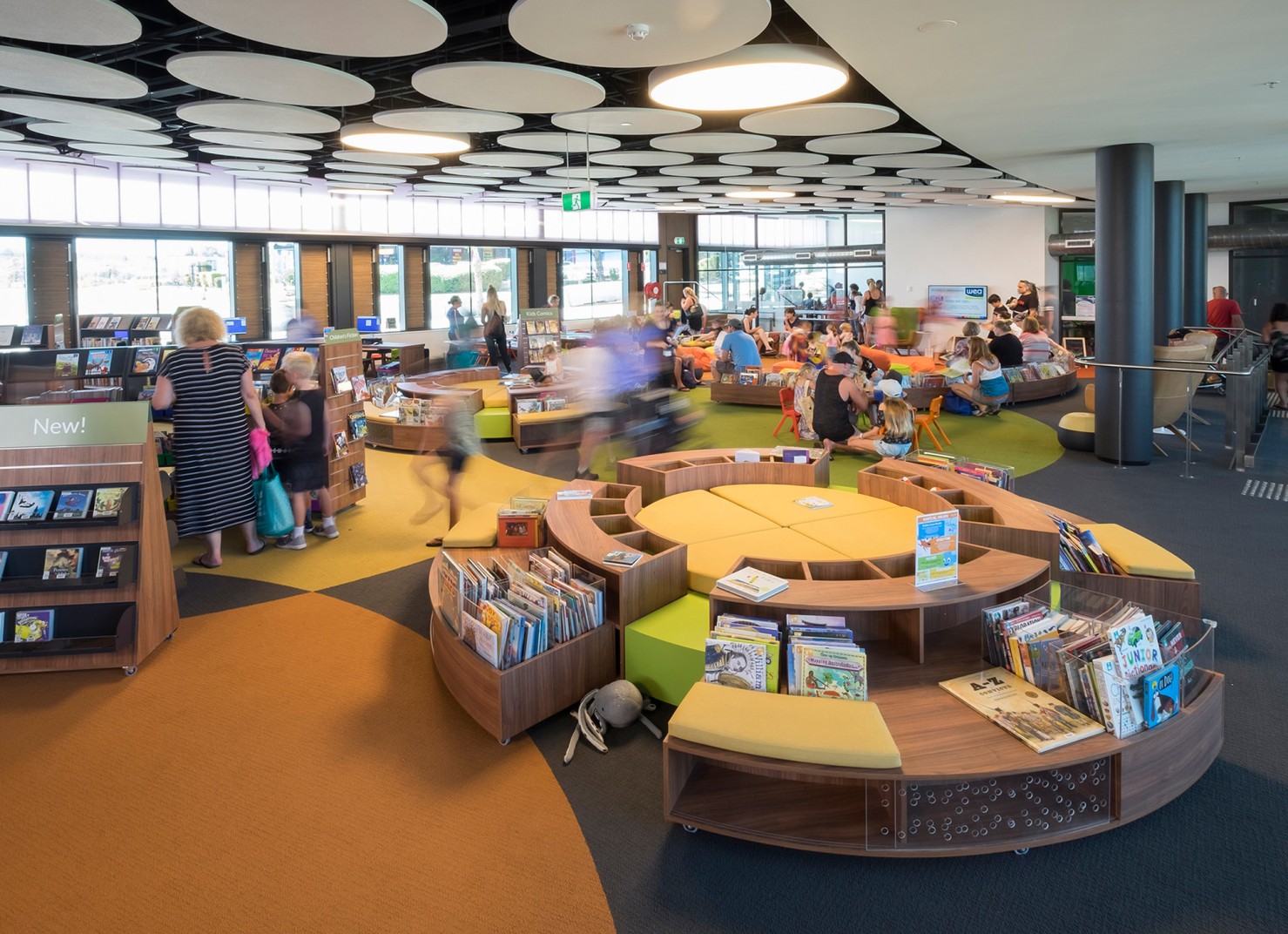
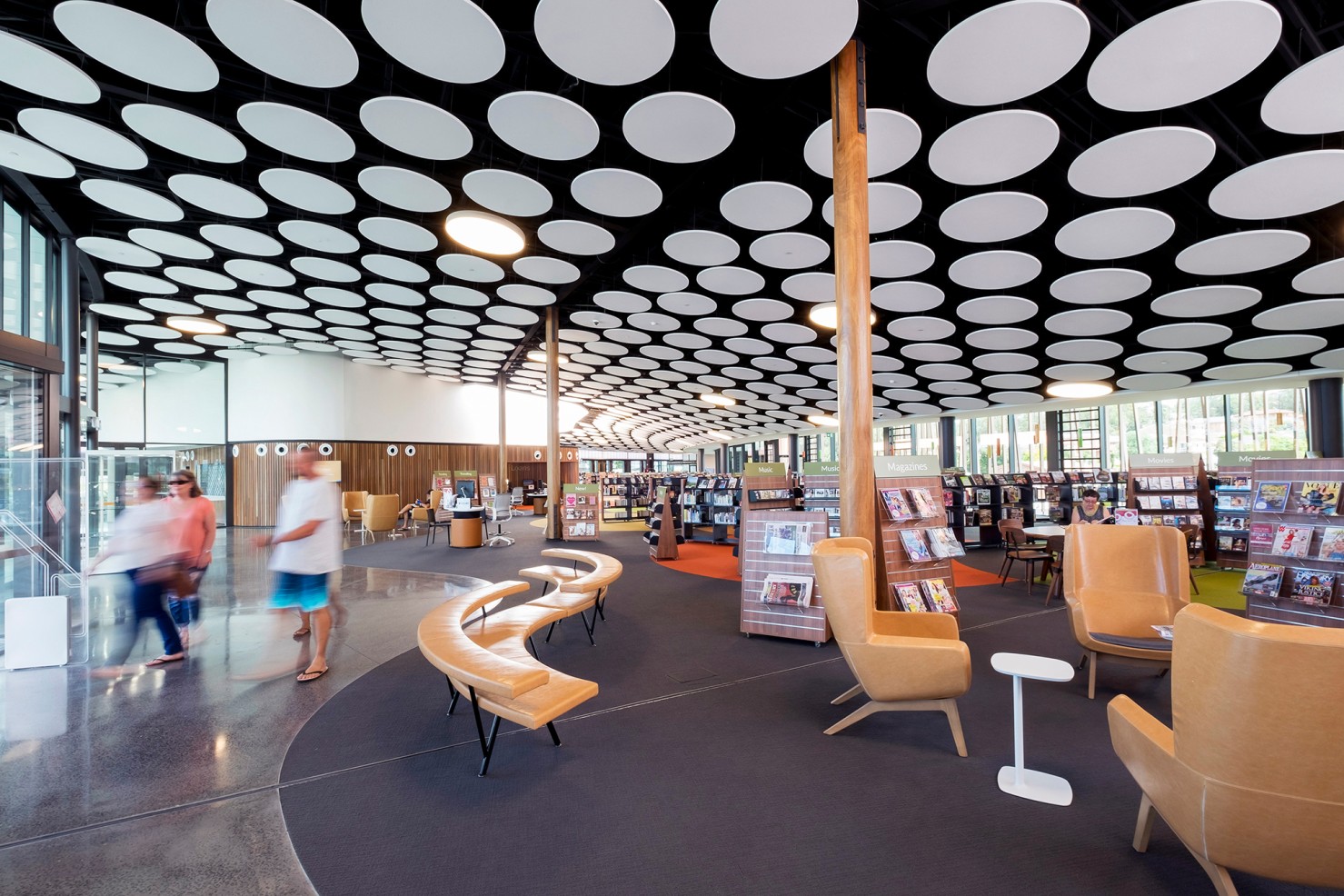
The overall design concept taps into themes of exploration and discovery via an organic layout and undulating roofline, both of which establish a sense of order and flow through the regional library’s large interior. An open plan receives plenty of natural light and zones are demarcated by different settings, comprising mobile seating, bookshelves, tables and storage units that can be easily reconfigured.
It’s a concept that holds great appeal for both young and old. Does believes this is because the design successfully reflects the aspirations of the municipality. ‘A library has to represent the value people place on their public space’ he says. ‘And we have no doubt you can build civic pride in a population by designing a building that reinforces what the public holds dear.’
This is realised through the use of biophilic design cues. In the case of Shellharbour Civic Centre, the building’s site nestled between the escarpment and Lake Illawarra, served as the inspiration behind its organic curves. A landscaped plaza extends the interior outwards, offering plenty of greenery, a water feature and sculptural wading pool, all of which are much loved and appreciated by the community.
Likewise, in our Sydney studio’s design for the new Parramatta Civic Centre—PHIVE—(in collaboration with Lacoste + Stevenson and Manuelle Gautrand Architecture), nature is a conceptual springboard. Boasting a form based on the Banksia flower and pods, the copper-toned building will contrast with the tall blue-green glass skyscrapers of the new Parramatta Square.
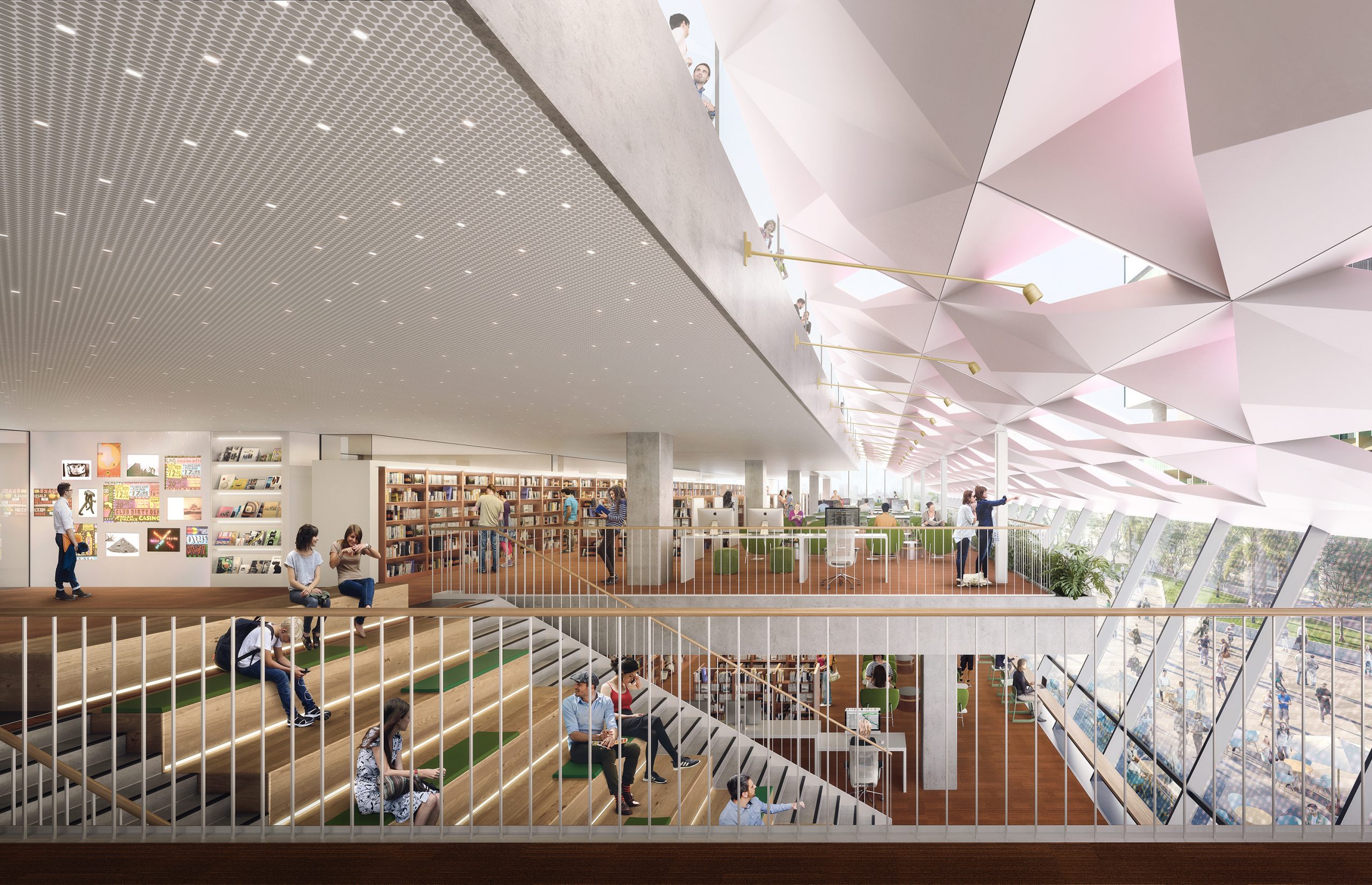
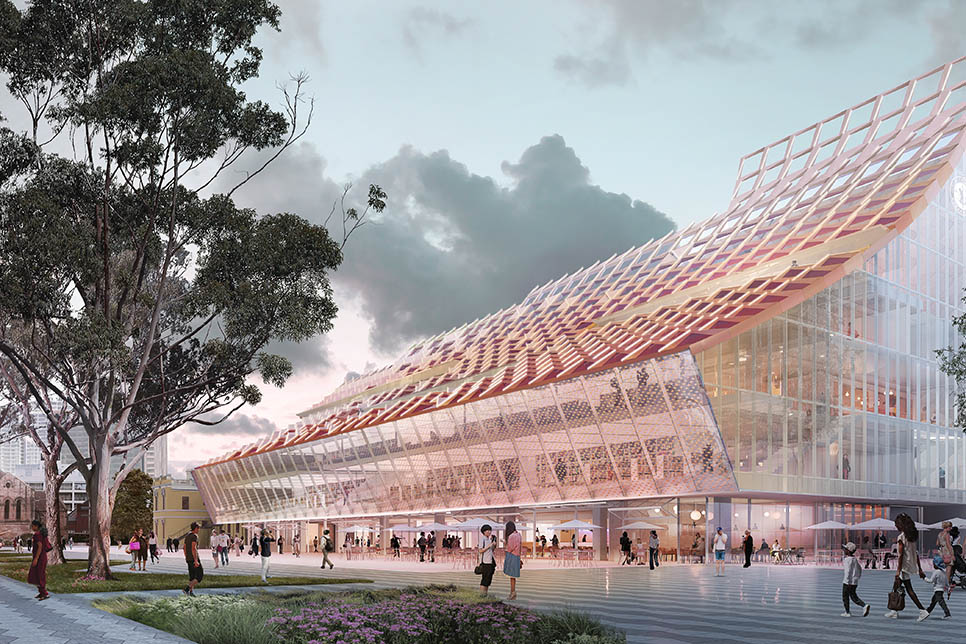
Libraries are intrinsically ‘people spaces’ and we’re designing them to offer comfort and curiosity, as well as flexibility.
Richard Does
Director, DesignInc Sydney
Integrating libraries into the wider community
Glenroy’s new library will be co-located with the Glenroy Memorial Kindergarten, maternal child health services, a community health provider, neighbourhood learning and childcare services. This integrated hub approach brings together diverse groups of people and encourages intergenerational interactions, reframing the library as a ‘social connector’. Configuring such spaces for optimal functionality and comfort therefore becomes the challenge.
According to Katie Maclennan, Senior Interior Designer at our Melbourne studio, ‘We need to understand the proportional relations between space types and also understand how the best contemporary libraries facilitate the behaviours of the community within and around those spaces.’
Maclennan recently undertook a library study tour of Japan to research innovation in design and the promotion of libraries as hubs of cultural and social destination figured prominently. ‘In creating library environments, we balance people spaces with all the other services, so end users can have a positive, unique experience.’ says Maclennan. It’s a concept that will strongly underpin the Glenroy Community Hub.
Library design at DesignInc sets a new benchmark by championing biophilic principles, intelligent spatial planning and sophisticated colour and material palettes. We promote connection through a deliberate focus on adaptability and provide end-users with spaces that are both comfortable and accommodating. Each project is dynamic and an active participant in enhancing communities and local culture.
In creating library environments, we balance people spaces with all the other services, so end users can have a positive, unique experience.
Katie Maclennan
Senior Interior Designer, DesignInc Melbourne